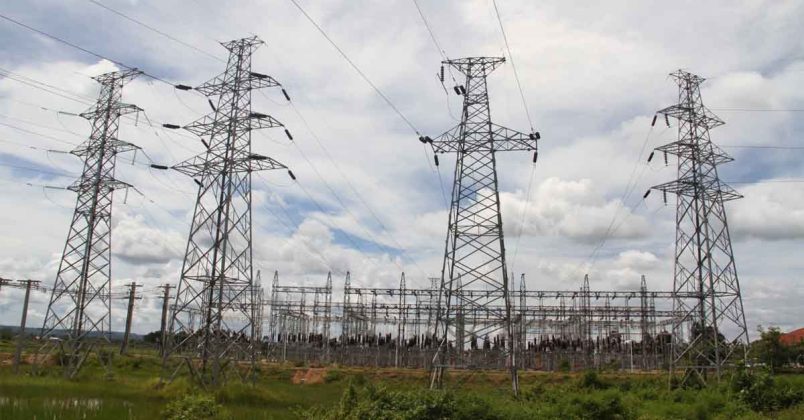Representatives from 42 countries across Asia and the Pacific have agreed on measures to tackle climate change and build a future of sustainable energy for the next generations.
On October 19-20, the third Asian and Pacific Energy Forum brought together over 265 participants, including ministers, experts, and international organizations, to discuss the key energy challenges across the region.
“Recent crises have tested us all, resulting in economic shocks, energy supply price rises and supply chain disruptions, all of which have threatened progress on the energy transition and, more broadly, sustainable development,” said Armida Salsiah Alisjahbana, United Nations Under-Secretary-General and Executive Secretary of the Economic and Social Commission for Asia and the Pacific (ESCAP) in her opening remarks.
The Asia-Pacific region is responsible for over half of global greenhouse gas emissions and consumes over 40 percent of the world’s power. To meet the temperature targets set in the Paris Agreement, it is imperative that the world reduces carbon emissions by nearly half by 2030, according to the International Energy Agency (IEA)’s 2021 report, “Net Zero by 2050: A Roadmap for the Global Energy Sector,” with the power sector expected to contribute 60 percent of this reduction.
However, the prospects don’t seem as bright as theory tells. In 2022, emissions from the power sector reached an all-time high of 14.6 billion tonnes, representing a 1.8 percent increase from the previous year.
To tackle this issue, the recent forum in Bangkok adopted a ministerial declaration on “Building a Secure, Sustainable and Interconnected Energy Future for Asia and the Pacific” to guide the partnership between the Economic and Social Commission for Asia and the Pacific and its member states in addressing these challenges.
The agreement highlights the need for a prompt shift towards low-carbon energy sources, energy efficiency, and regional cooperation to achieve a sustainable energy future. This includes the development of renewable energy sources such as solar, wind, and hydro power, as well as the adoption of energy-efficient technologies.
The joint declaration also emphasized the importance of enhancing regional cooperation to ensure energy security and promote sustainable energy development. This includes the development of energy grids and the establishment of energy partnerships between countries.
But while the forum promoted regional collaboration, critics argue that China remains the one and only key player in the success of Southeast Asia’s energy transition. Being the country a leading investor in Asia-Pacific, China’s major role in the transformation of regional approach to energy production is indisputable.
In Laos only, China has invested more than USD 16 billion, becoming the major investor in the country. This also highlights China’s growing presence in the Southeast Asian region and its push to expand its influence in the energy sector.
But regardless of the growing Chinese investments in Asia-Pacific, the region is striving to reduce carbon emissions through effective cooperation.
All participants at the the third Asian and Pacific Energy Forum, which also included China, Australia, and South Korea, recognized the importance of not only addressing technical challenges of reducing greenhouse gas emissions but also acknowledging the difficulties of vulnerable and marginalized communities across the region in accessing reliable and affordable energy. The declaration also called for the promotion of gender equality and the empowerment of women in the energy sector.
“At the heart of this challenge is affordability. Energy must be more accessible and affordable to marginalized and underserved communities,” said Pirapan Salirathavibhaga, Deputy Prime Minister and Minister of Energy of Thailand, in a ESCAP press release.
Overall, the agreement reached at underscores the urgent need for collective action to address the challenges of climate change and build a sustainable energy future for the region. By working together, countries in the Asia-Pacific region can achieve a more secure, sustainable, and interconnected energy future.



